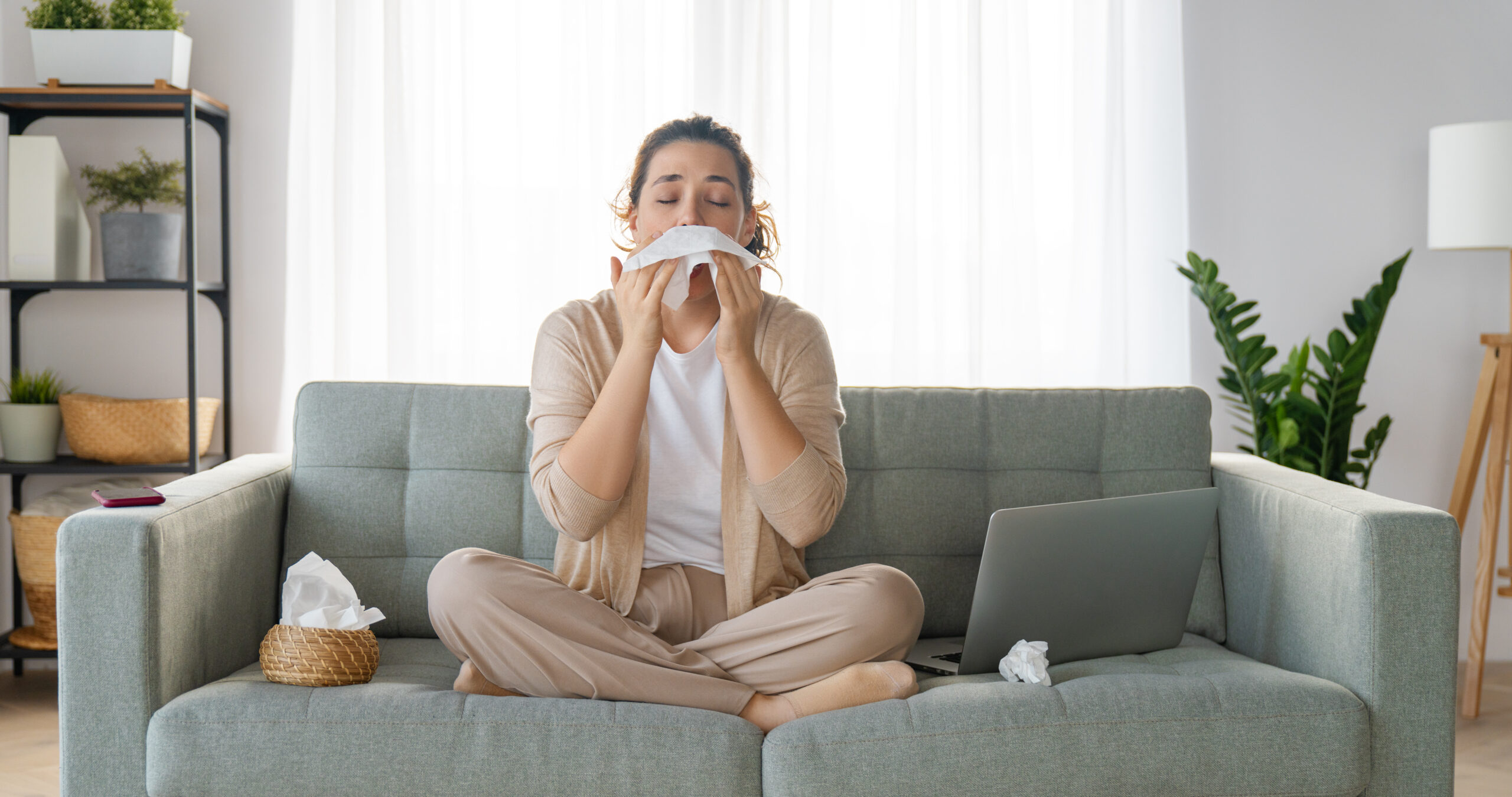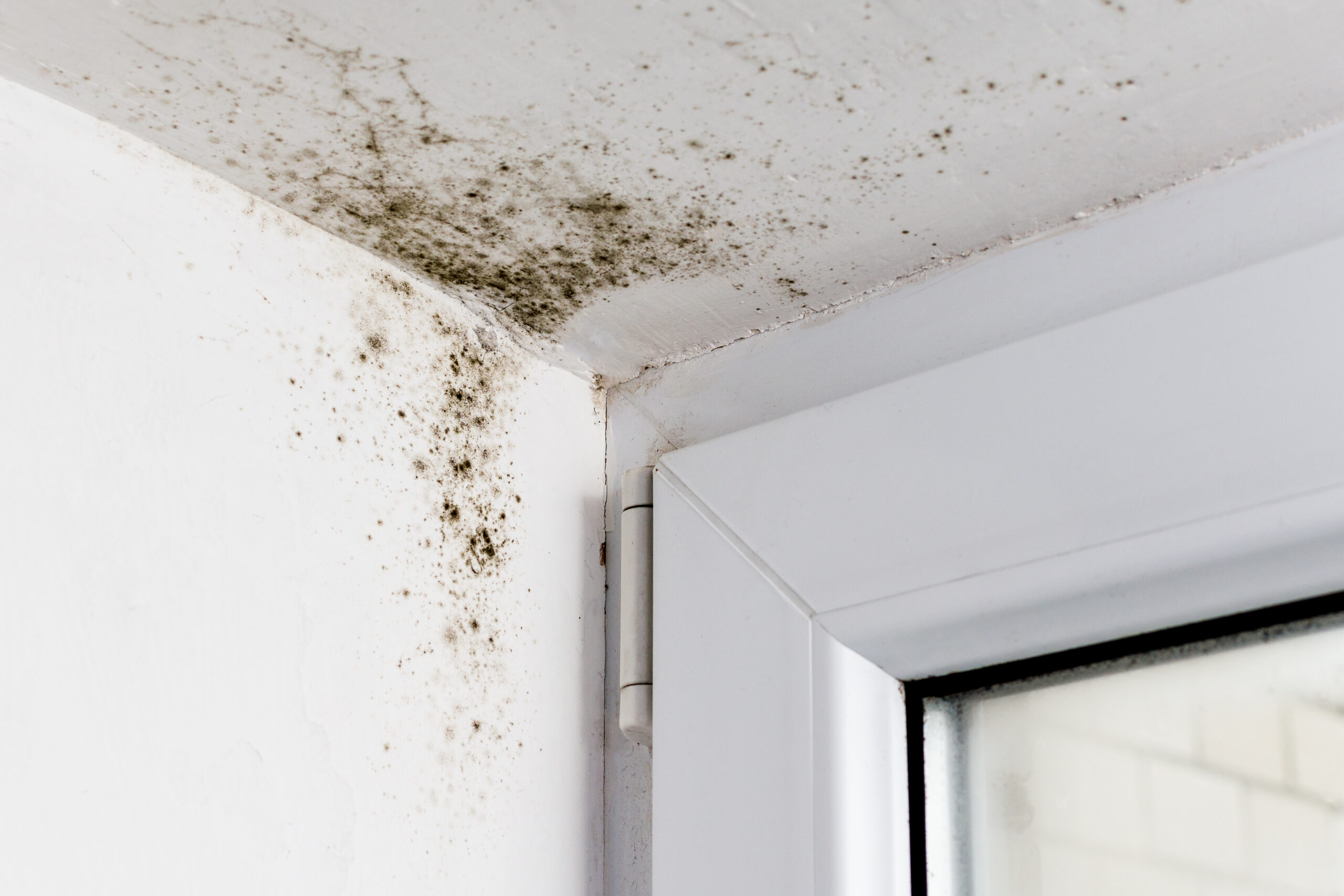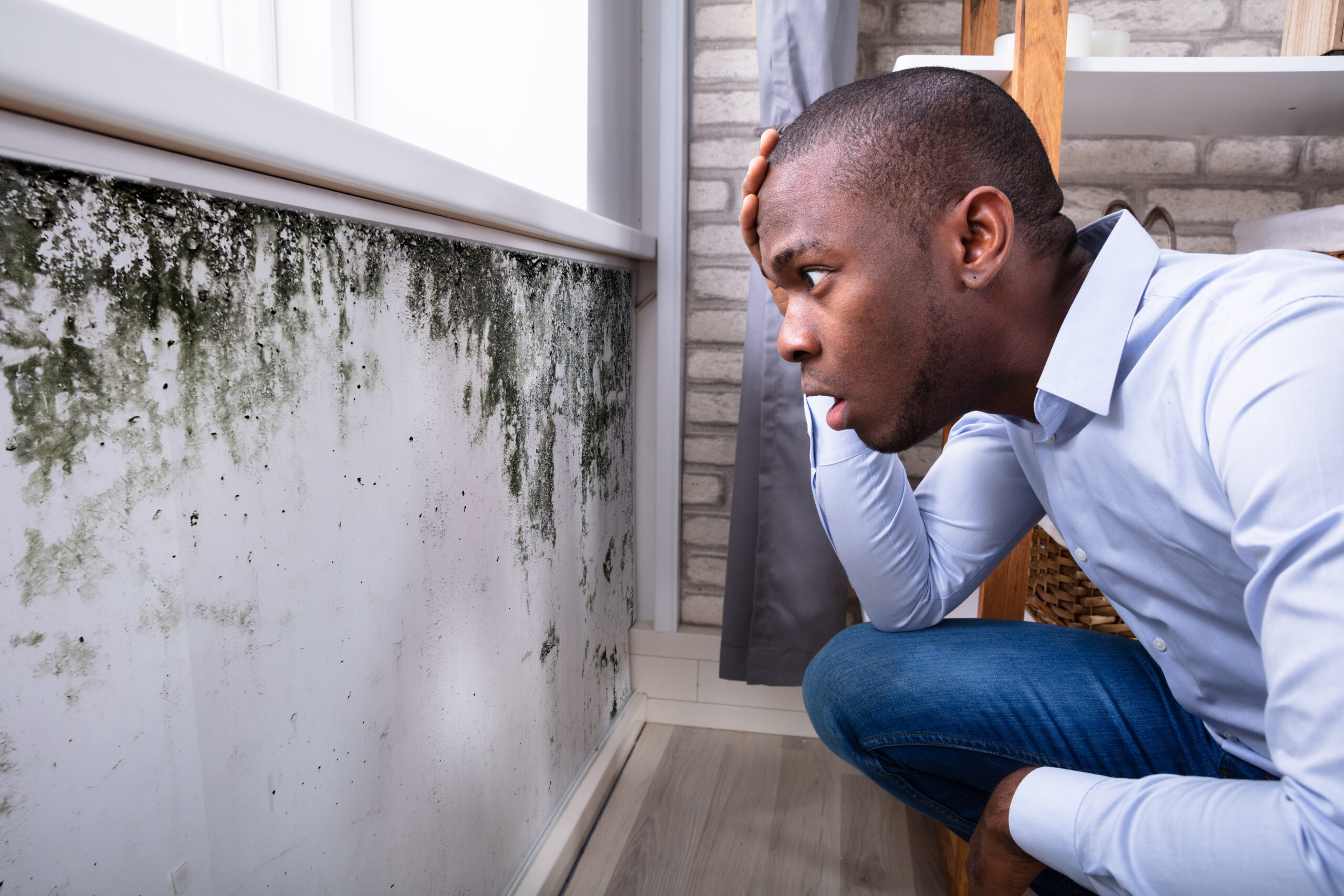Commercial Mold Damage Restoration in Tampa: Costing, Tips and Insights
Hello Tampa Residents! Are you also the victim of a humid subtropical climate and because of the weather changes, mold – the monsters are visiting your place? We are not surprised to hear about the mold growth as we know these silent intruders thrive in damp and wet areas. You will always find them in your bathrooms, attics and basements.
In the long run, these tiny spores can be a serious issue if not addressed promptly. Hence, it’s great to get in touch with professional mold damage restoration services so that they can eliminate the mold from the property and ensure healthy surroundings. Now, your mind will start racing with the questions of the cost, how restoration works?
Hold on!
We are here to help. In this article we will delve into the factors, commercial mold damage restoration near me, preventing tips and other useful insights regarding mold damage restoration in Tampa.
Understanding Mold Damage and Why Restoration is Crucial?
These fuzzy creatures love to dwell in wet habitats. Since in Tampa, the climate has high humidity levels, the commercial properties are often at risk. These monsters can attack anytime anywhere without any notice. Yeah you get it right! From visible structural damage to serious health problems, mold is a real culprit behind this destruction.
On the flip side, if you detect the mold earlier and discuss this with the commercial mold remediation company you’re absolutely doing great. Delaying mold restoration can result in:
- Structural Damage: Mold can weaken walls, floors, and ceilings over time, leading to costly repairs.
- Health Risks: Mold spores can spread through the air, causing allergic reactions, asthma attacks, and other respiratory issues.
- Business Disruption: Extensive mold damage may require shutting down sections of your business, affecting operations and profits.
Timely intervention is crucial to mitigate these issues and protect the health and safety of everyone in the building.
The Costs of Commercial Mold Damage Restoration in Tampa
Bathrooms, basements, leaky pipes, rest rooms, roof and attics – these are the common places for mold in home and commercial space. It means that mold monsters can grow in poorly ventilated areas and damp places.
So, if you’re looking forward to mold remediation in South Florida then keep it in mind that costs may vary. Several factors determine the cost of mold damage restoration for example, the size of the contaminated area, the severity etc.
In Tampa, the typical cost for treating commercial property mold problems ranges from $1,000 to $10,000—or more.
Some key factors that affect the expense:
- Extent of Mold Damage
Of course, if the mold has spread widely, the cost will be higher. For example, a single room in mold will bear little cost as compared to the spread of an entire building’s rooms.
- Types of Mold
Some different forms of mold demand different treatment methods. Blackish-green mold (stachybotrys chartarum), a particularly dangerous kind, requires more thorough procedures to remove and may increase costs.
- Building Size
The larger the area of the enterprise building, the more surfaces there are that could potentially become moldy and lead to increased charges in general for removing it all.
- Accessibility
Molds often grow in inaccessible areas that are hard to reach and even harder to clean or maintain, such as anything hidden behind walls, under offices (especially in crawl spaces), or inside HVAC systems.
- Repairs and Replacements
Depending on the severity of the damage, mold remediation may involve removing and replacing drywall, ceiling tiles, carpeting, and other porous materials that cannot be fully cleaned.
Non-porous surfaces such as metal or concrete usually can be washed clean again and disinfected; however, this has to be judged on how contaminated it is.
Expert Tips to Deter Mold in Commercial Properties
Once invaders have been detected, professional remediation can help however prevention is the key to avoiding costly mold damage in the first place.
Here are some concrete tips to keep mold out of your company’s building. Are you ready to dive straight into it?
- Control Humidity Levels
This is one of the most effective ways to prevent mold growth, just control humidity! Mold can only grow where the air is damp; it does thrive in humid environments. Therefore, a priority should be keeping indoor relative humidity between 40 and 60 percent on average in every room.
For this reason, install dehumidifiers and see humidity control appliances built into modern HVAC system equipment wherever you can. To ensure that the levels stay within acceptable parameters, keep an eye on the humidity monitor regularly using a hygrometer.
- Ensure proper ventilation
Good ventilation is necessary to reduce moisture and prevent mold. Ventilation systems should be in place for the high-humidity areas of kitchens, bathrooms, and laundry rooms. Make sure they are working properly.
Furthermore, you can use exhaust fans in these areas and check them regularly to see that they are running smooth and free of obstruction. In fact, improve airflow throughout the building by raising the efficiency of your HVAC, thus eliminating stagnant air and moisture accumulated in the few places water tends to stand.
It is essential to regularly inspect the exterior of your building in order to find any potential mold situation before it becomes serious.
- Keep Surfaces Clean and Dry
Mold invaders can grow on all sorts of surfaces: walls as well as floors, even within ceilings. It’s critical to constantly maintain these surfaces clean and dry so that mildew does not take root. Clean up spills and water leaks at once—don’t let wet or damp materials linger in the building.
For cleaning carpet and upholstery, use a vacuum cleaner with a HEPA filter displayed on the outside of its castor for dusty air to pass through it (otherwise it would just recirculate)
Regularly wipe down hard surfaces with disinfectants to help prevent mold from flourishing there.
- Fix Leaks Promptly
Leaks from a roof, a plumbing system, or an HVAC unit can turn into a breeding ground for mold.
Repair any leaks as soon as they emerge because if water is left standing inside the area of the leak, it will cause mold growth.
Inspect your building’s roof, gutters, or plumbing regularly for leaks and damage. Repair broken items immediately when discovered.
- Using Mold-Resistant Materials
You have to think about using mold-resistant materials in places prone to moisture, like bathrooms and basements. Mold-resistant drywall, also known as green board, along with mold-resistant insulation, is able to withstand the attack of molds in part because it cannot absorb moisture.
These materials are designed to reduce the risk of mold development and can be a worthwhile investment for commercial properties in high-humidity areas.
- Educate Your Employees and Tenants
Education is the most important factor in keeping down mold. Make it known to your staff or tenants that water leaks, damp surfaces, etc should be promptly reported.
Encourage quick reporting and distribute rules for dealing with small water problems, for instance, cleaning up spills and keeping areas dry.
Why Should You Opt for a Mold Restoration Companyin Tampa?
When you have no clues about mold damage especially in cases of widespread contamination, professional help is paramount.
The licensed, insured mold remediation company with a proven track record offers detailed inspection and guaranteed remediation and restoration services. When you leave your property in their hands, you rest assured to get a healthy and mold-free environment.
Here is how mold restoration company works for your property:
- Inspection and Assessment
Professionals will begin by inspecting your home for mold, conducting air quality tests, and assessing the extent of the damage.
- Containment and Filtration
The affected area is sealed off to prevent mold spores from spreading to other parts of the home. HEPA filters are used to clean the air and remove mold spores. In severe cases, drywall, insulation, and flooring may need to be removed and replaced.
- Cleaning and Sanitization
After removing the mold, professionals will clean and disinfect the affected areas using specialized treatments.
- Restoration and Repairs
Finally, the areas damaged by mold are repaired and restored to their original condition.
At MoldZero, the team works with dry fog mold technology as well. Mold Dry fogging systems disperse fine droplets of a disinfectant into a sealed room or other particular area and it works better than manual cleaning and disinfection practices.
Conclusion
Mold infestations not only cause visible damage to buildings, walls, ceilings, and HVAC systems, but they can also degrade air quality, leading to health concerns such as allergies, respiratory issues, and skin irritation. However, it is not impossible to prevent mold in commercial properties. In the first place, contact Tampa mold remediation for a proactive approach which is combined with comprehensive process and state of the art technology.
You can follow the suggestions, and ensure your property remains free of the large, disruptive, and expensive effects of mold. As a result, you will be able to continue living even more healthily in a work environment.




